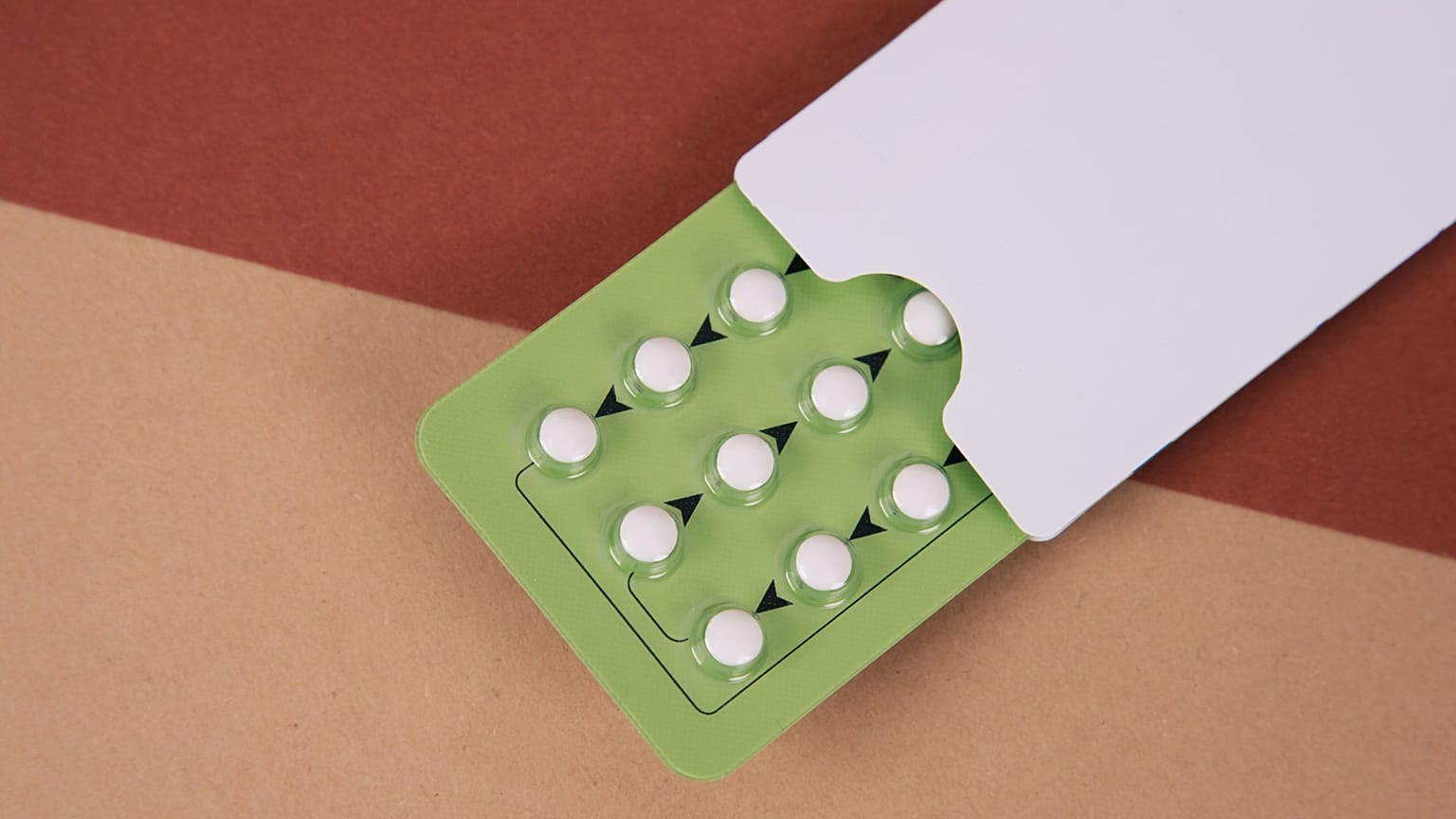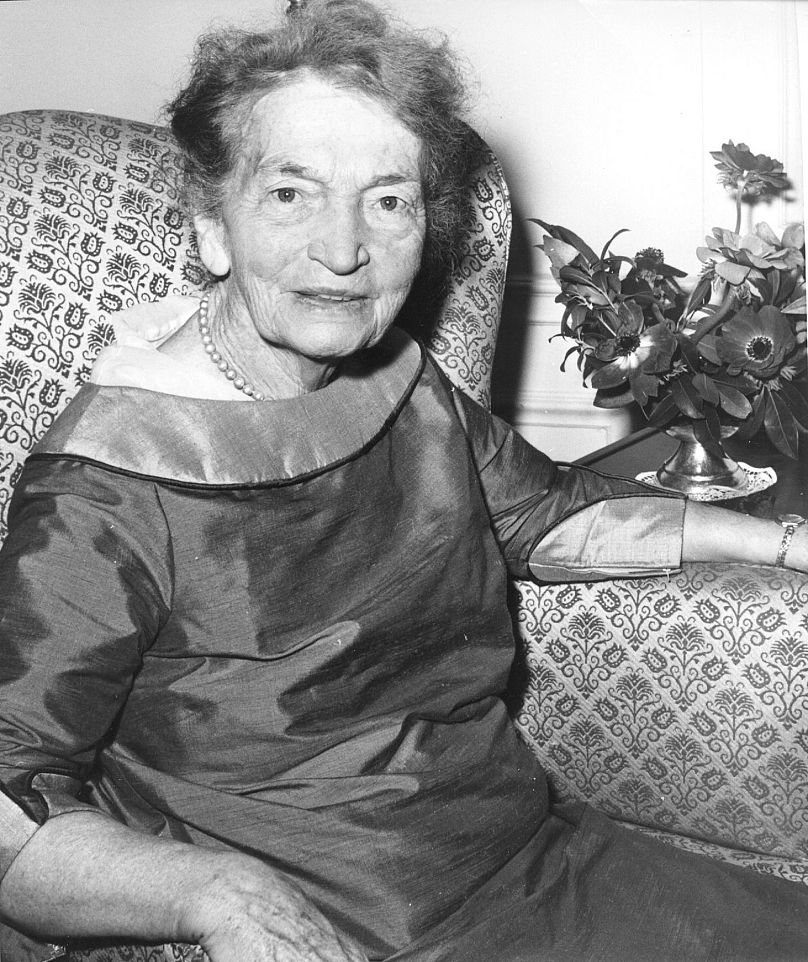9 May 1960: The birth control pill is approved in the US and a new era is born
From the 1930s onwards, scientists had been working on using hormones to inhibit ovulation. The goal was simple: develop a pill that would allow women to know they could have sex without getting pregnant.
By the 1950s, human trials confirmed that the research had been a success and on this day in 1960, the Food and Drug Administration (FDA) approved Enovid-10, the first commercially produced oral contraceptive for married women. It became known as “the pill”.
The approval was the result of tireless work by feminists like Margaret Sanger, the founder of the American Birth Control Movement, who'd opened the first birth control clinic in the US in 1916. She wanted to prevent back-alley abortions and campaigned to legalise contraception. She died in 1966.
Before today in 1960, other contraceptive methods were available to women, such as a cervical cap, and condoms for men, but the pill was far more effective than any methods before and gave women more control than ever over their fertility.
In terms of significant moments in history, the wide-availability of the pill is one of the greatest. Suddenly, women were freer to control when they got pregnant, therefore allowing sexually active women to focus on their education and careers at a scale never before seen.
With sex no longer carrying as great a risk of pregnancy, society started to question the morality of premarital sex as well as opening up conversations about sex as something more than just a necessary act for reproduction.
By 1965, nearly half of married American women were on the pill. It wasn’t until 1972 though that unmarried women across the country had access to it. From here on, even more revolutions happened.
The demand to enter universities by women increased exponentially. At the start of the decade, women were barely seen in university classes like degrees like medicine and law. By the end of the decade, they made up a third of the room.
More access to education and increased ability to focus on careers meant the pill gave American women a taste for economic stability of their own, making them less reliant on men and marriage.
On a cultural level, the swinging 60s and the hippie movement that defined the era would have likely never come about if not for the influence the pill had on people’s attitude to sex.
The growth of the feminist movement, the legalisation of abortion through Roe v. Wade and increased legislation in favour of women’s rights are all linked to the FDA approving the pill.
While right-wing lawmakers across the world try and turn the clock back on women’s rights, take a moment today to reflect on just how influential the pill truly is.



















